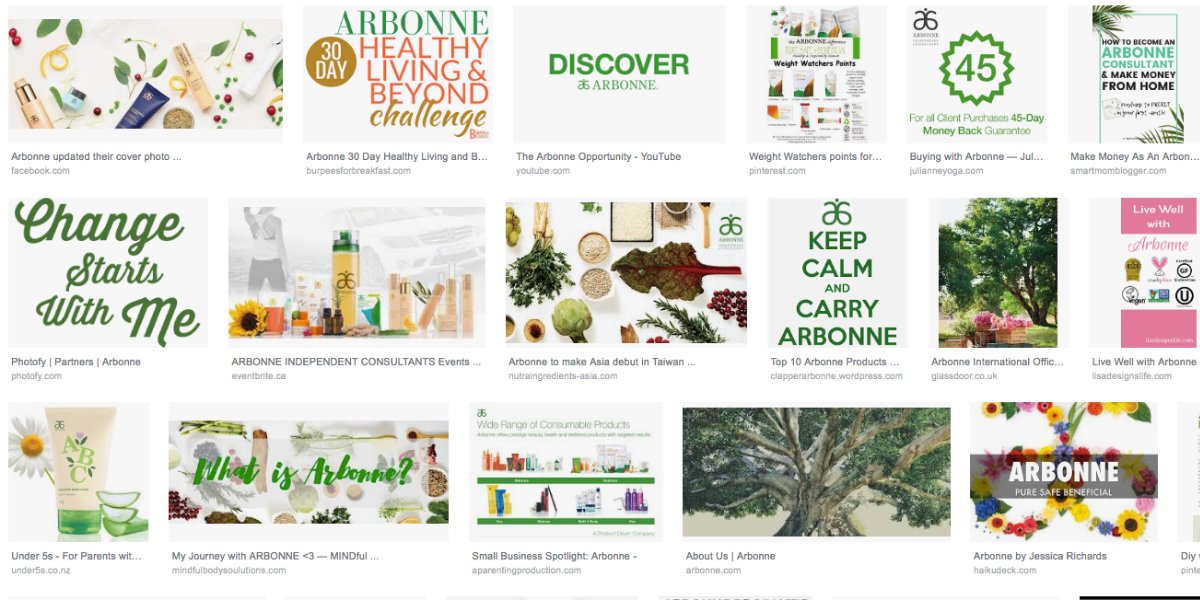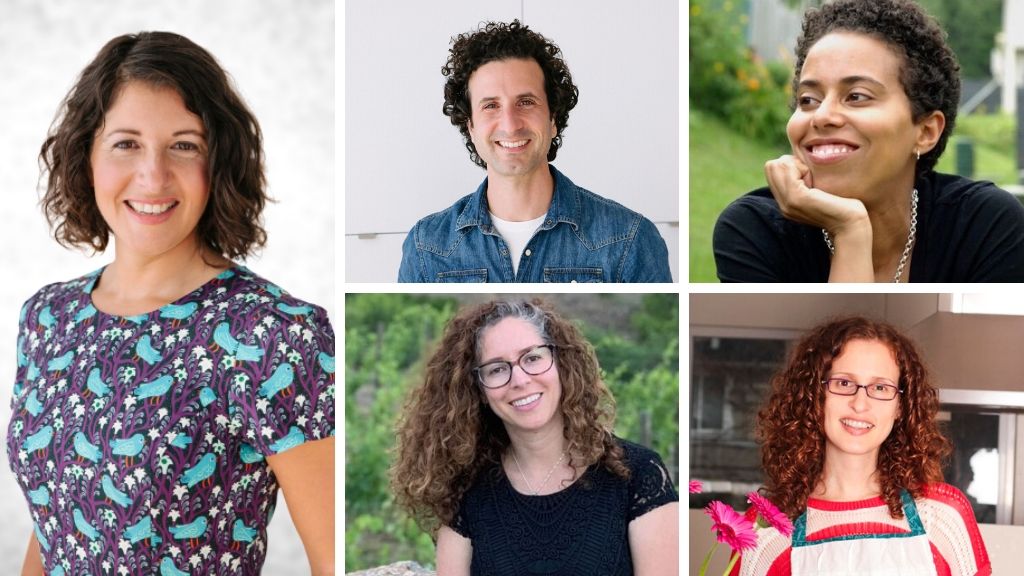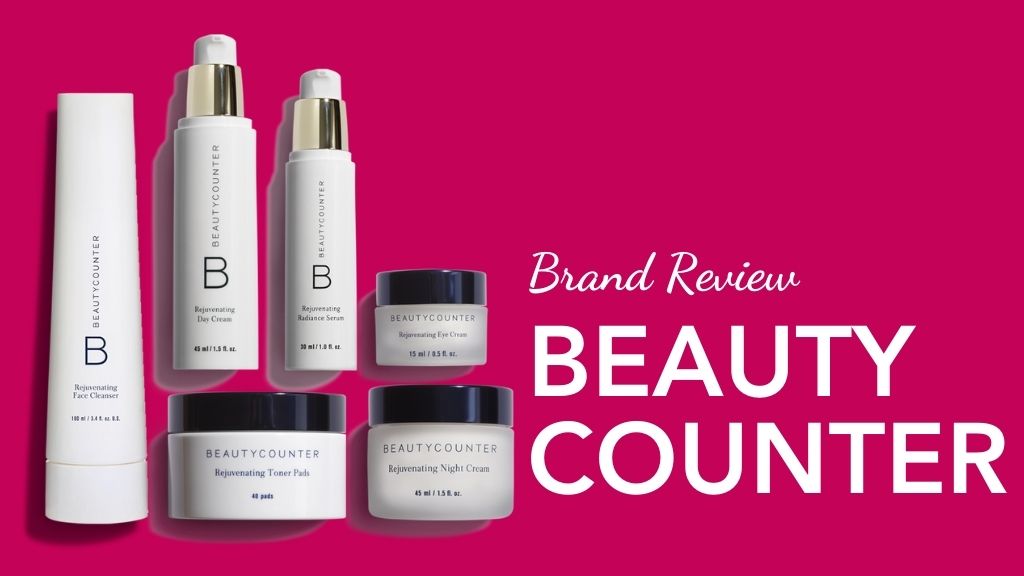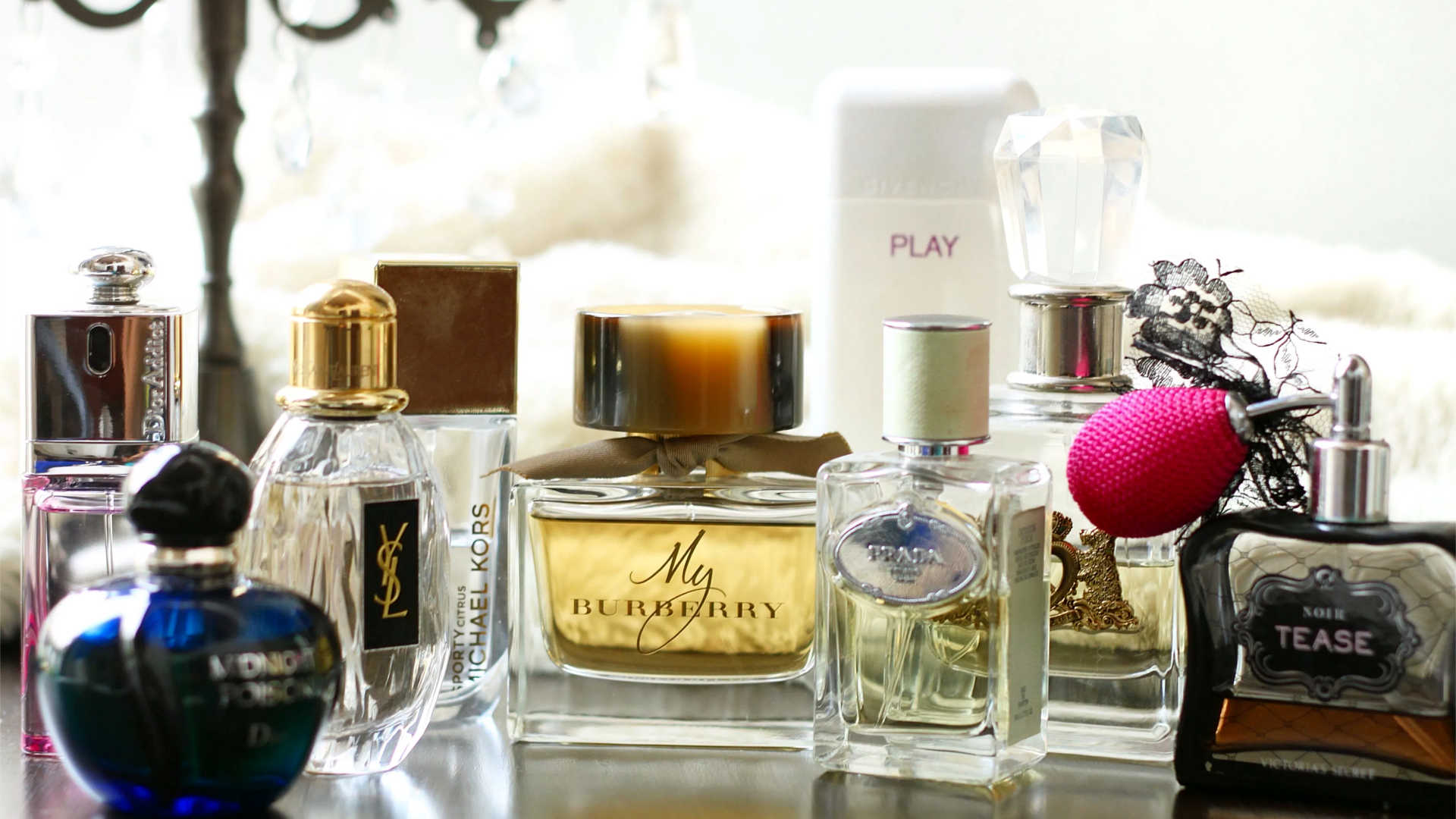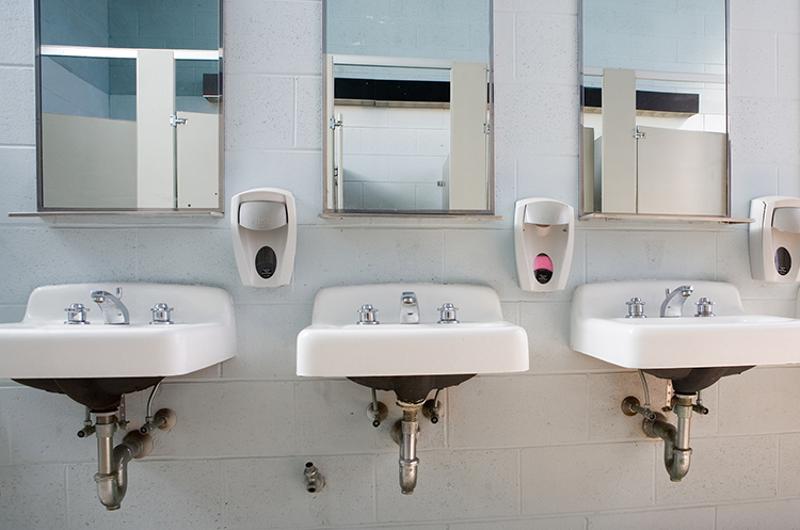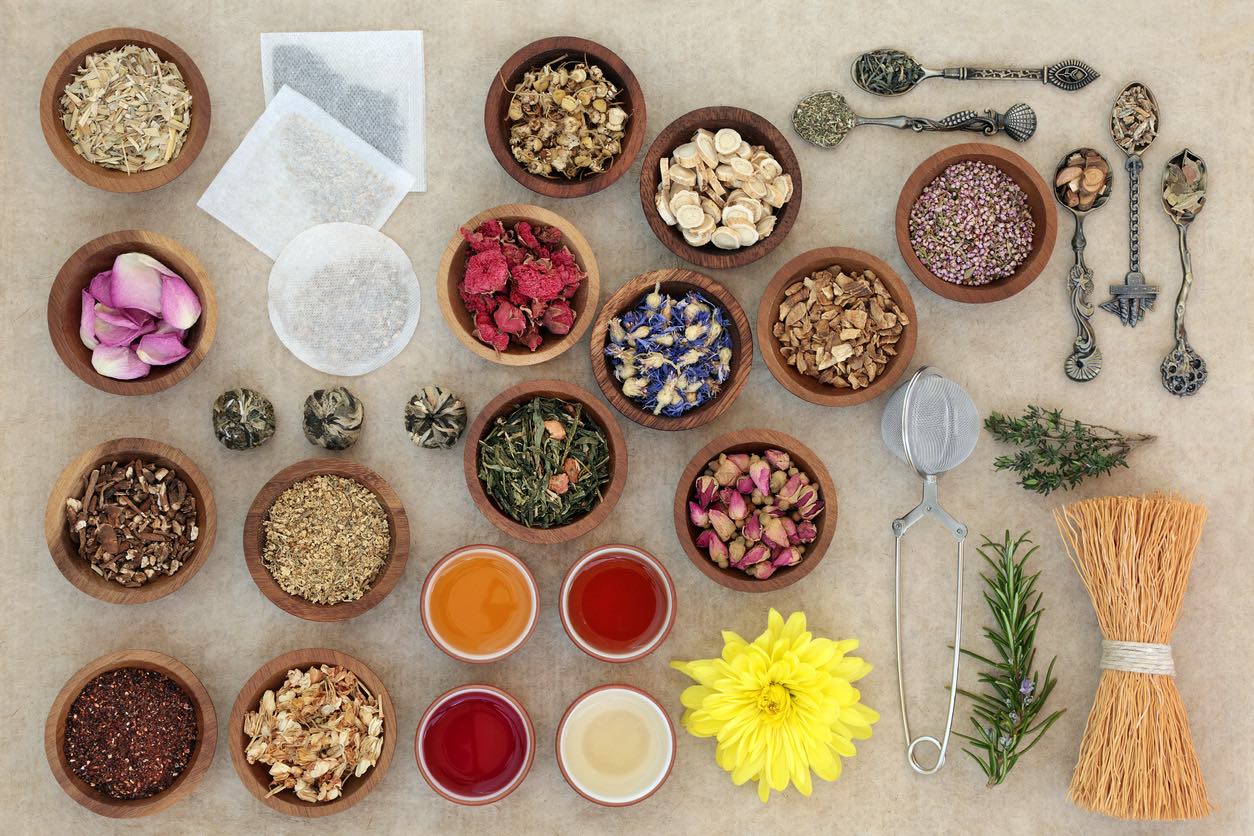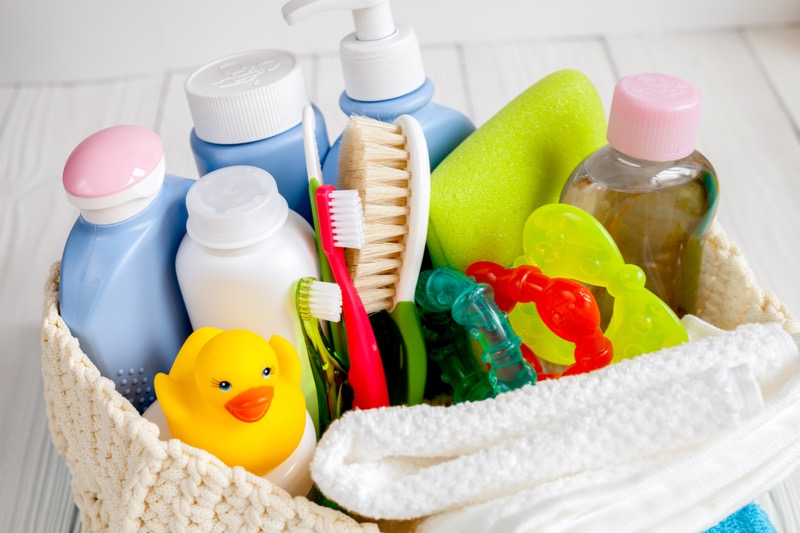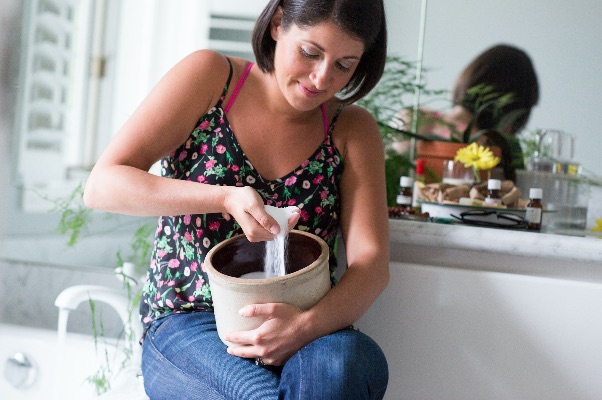Going Grey: Convincing Reasons to Let The Silver Shine
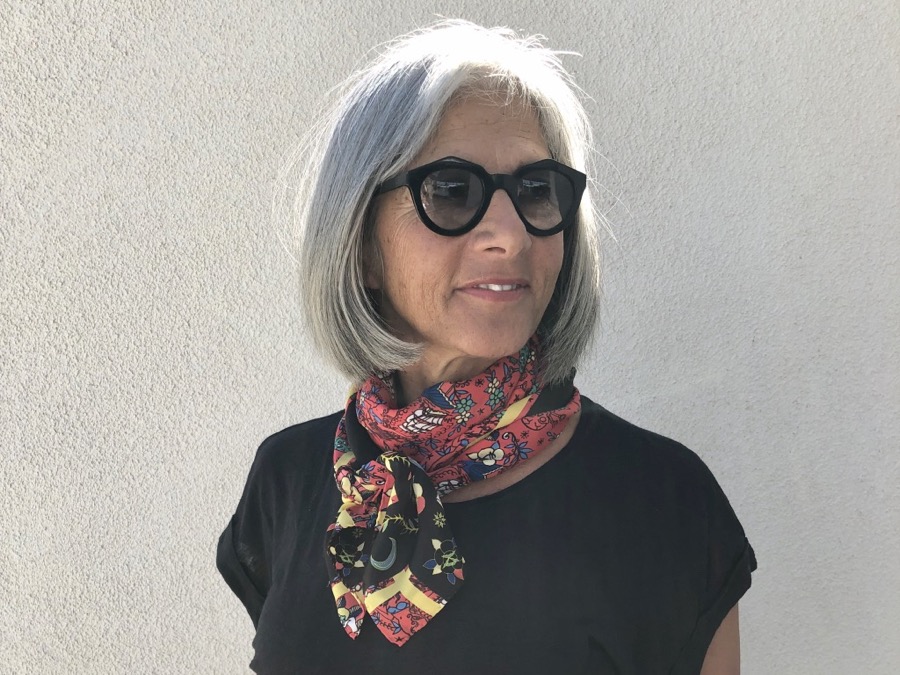
You know that I am all for kicking it tres-au-naturelle when it comes to beauty, from personal care products to makeup to scents and perfumes. I coloured my hair from when I was 17 until about 25 and then quit cold turkey. I always thought my hair colour was mousey. The truth is, it was. The shine and health of your hair (and skin, and teeth, and nails, and eyes) is directly related to how well you are feeding your body. As I got healthier, so did my hair. Now that I’m in my 40s, my grey hair is coming in strong! I like to think of it as unicorn glitter. It sparkles in the sunlight and I do believe I have earned and proudly own, every single glittery strand.
My mom let her hair go natural after my dad was diagnosed with cancer, and it’s gorgeous. That’s her above in the photo. My mother-in-law did it too. Also gorgeous. And I am following right behind.
Would I love to have rich dark brown hair without a strand of silver? Sure. Is it worth what it takes in terms of chemical load and money to maintain that? Not even close. If it came to the choice of wishing to have no grey hair or dramatically increase my risk of cancer, you better believe I’ll take the grey hair.
Dying Your Hair Does Not Make You Look Younger!
What I hear from woman most often when we bring up this topic on social media is that they’ll look like an old lady if they let their hair go natural.
Here is where I tell you what your friends and family likely won’t: If you are over the age of 50 and dying your hair, you don’t look younger. I’m sorry, but it’s true. You look your age, but with dyed hair. If you are over the age of 65 and dying your hair, there’s a very good chance you actually look older than you would if you just let your hair go natural.
Instead of reaching for a box of hair dye or heading to the salon, I have started boosting my mineral intake and, more importantly, learning how to embrace the grey.
Harmful Ingredients in Hair Dye
Dying your hair once isn’t a big deal. But when you are colouring your hair to cover grey, the semi-permanents rarely do the trick and you’re likely having your roots done every six to eight weeks. This means frequent exposure to an intense amount of chemicals that are making direct contact with your scalp and being inhaled beyond the 90-minute colouring treatment. You are likely inhaling those chemicals for days. You can smell it!
Over 5,000 different chemicals are used in hair dye products, some of which are reported to be carcinogenic. Chemicals in permanent hair dyes can also react with tobacco smoke and other pollutants in the air to form one of the most powerful cancer-causing compounds known to man.
In the dyes used at your salon or at home colour kits, you may find:
- Paraphenylenediamine (PPD), which has been shown to damage genetic material and cause cancer in animals, along with cause allergic dermatitis.
- Coal tar, a known carcinogen.
- Formaldehyde, a preservative linked to cancer, developmental and reproductive toxicity and more.
- DMDM Hydantoin, a preservative that is a known immune system toxin (and has been restricted for use in cosmetics in Japan).
- Ammonia, a chemical that helps hair better retain colour, can cause irritation of the scalp, skin, nose, throat, eyes and respiratory system. It also weakens and damages your hair, turning it weak and brittle.
- Peroxide, a bleaching agent, can lead to skin irritation and skin burning, damages your hair, and in combination with other hair dye ingredients, may be linked to cancer.
- Toluene-2,5-diamine can cause allergic reactions and skin irritation. Animal studies indicate it can also trigger pro-inflammatory and anti-inflammatory immune responses. A compromised immune system is one risk factor that may lead to cancerous processes in the body.
Potential Health Impacts of Hair Dyes
For the second year in a row, Princess Margaret Hospital the premier cancer research hospital in Canada, has done a fundraiser, Colour To Conquer, to encourage people to colour their hair to raise money for cancer research. Of all the dumb cancer fundraisers, this one is near the top of my list. Hair colour, as mentioned above, contains known and probable carcinogens.
While I support the efforts being made to find better treatments and improve outcomes, I am also in support of increased research into the causes and contributors to the dramatically rising risk of cancer.
Breast Cancer
A study of childhood hair product use showed that the endocrine-disrupting chemicals – also known as xenoestrogens –found in hair dyes can lead to early menarche (first menstruation), which increases the risk of breast cancer.
A review of studies between 1980 and 2017 found that hair dye users had an 18.8% higher risk of breast cancer than people who didn’t colour their hair.
As with a number of other beauty and personal care products, there is some scientific disagreement as to whether or not they are harmful. You will find many scientific studies that assert there isn’t a link between hair dyes and cancer, or that results are at best inconsistent and inconclusive. Some researchers suggest this is due to the studies themselves being inconsistent: “Published studies lacked complete information on timing, duration, frequency and type of hair dye product use, and this information is crucial to determining if intensity, total dose, type, and time period of hair dye use is most important in assessing risk.”
As I’ve discussed before, we are never dealing with these ingredients and chemicals in isolation. The combination of the compounds in personal care products, home cleaning products, makeup, bedding, water, plastics, clothing, toys, the food we eat, our cell phones and other technologies, and more all contribute to our toxic load. We never know what element is going to tip the scales, which is why I choose beauty and personal care products that are as chemical-free as much as possible.
Increase Risk of Multiple Cancers
Women using permanent hair dyes have a greater risk of developing non-fatal Hodgkin’s lymphoma and multiple myeloma.
In animal models, there is a proven link between hair dyes and cancer. Human links are not quite as conclusive, but there are indications that hair dyes are connected to several different types of cancers including non-Hodgkin’s and Hodgkin’s lymphoma, multiple myeloma, leukemia, breast malignancies and bladder cancer.
Pregnancy-Related Risks
Hair dye use during pregnancy is associated with an increased risk of neuroblastoma (cancer of the nervous system) and brain tumors in children.
Tips to Help You Embrace the Grey Hair
Given the number of chemicals in our environments and our food that we can’t control, why opt to add more to the load? This is such a simple thing to change – it involves doing less. It’s something you don’t actually need to do to improve your health. It’s something you get to stop doing.
If you consider that the average colouring costs $100 and to keep your roots from showing, you’d be looking at every six weeks, we’re talking about $800 a year spent colouring your hair.
I know how difficult it can be when you see those grey hairs overtaking your hairline! Growing it out is the hardest phase.
Ways To Embrace The Greys
- Express gratitude. Most of us experience grey hair as we grow older (unless you are prematurely grey at a very young age). Remember that we are very fortunate to be able to grow old – not everyone does. And if you’re rolling your eyes at me on this one, keep reading!
- Be part of a cultural shift. Going grey is becoming more and more popular nowadays as a beauty trend. Change and acceptance begin with one person, and if we all start to reject the unrealistic standards set out by the beauty industry. We can start the process of love and acceptance about our hair, our bodies, wrinkles, postpartum bellies and every other part of us that deserves appreciation.
- Think of the cost savings. Many women get touch-ups or other hair colour maintenance every 6 weeks. If you transition to grey, over the years you’ll save a lot of cash, which you can spend on paying down debts, travelling, having fun, food or whatever else you’d like!
- Check for nutrient deficiencies. Grey hair may be a sign of nutrient deficiencies, which can be part of a larger problem that is more important to address than vanity. Visit a health care practitioner to see if you are getting everything you need.
- Transition the colour: If you’re not into an ombre fade from your old dyed colour into grey, transition out of the full head dye job with some lighter highlights to help ease the transition to your natural salt+pepper or silver locks.
- Get a new cut! Grey hair also has a fun new texture (read: weird and wiry). It is best suited to shorter, more tailored cuts. I’m no hair-pro and truth be told, when I am fully grey, I plan to grow it long and wear it in braids or a bun (can’t wait!), but if you want to look fresh and stylish is your jam, a tidy bob or anything really above the shoulder will be your style friend.
- Support your overall health. I have a full guide to healthy hair here, but really, our bodies work as a whole system. Anything we can do to support our overall health, whether it’s addressing our diet, lifestyle, stress management, sleep, bowel movements, exercise, relationships or toxins in the home, will help us feel wonderful from the inside out.
‘Safer’ Hair Colour Options
I say safer with a caveat. I added this section to the post only because I knew there would be readers who would ask about the brands that are safer to use. There are some, however, I have yet to see any that I would use. Henna is likely the cleanest and safest, however it’s not extremely effective at covering grey, and will usually leave your hair a little orange after a few washes and/or a touch of sunshine.
Remember: There is no such thing as 100% organic hair dye.
- Herbatint Permanent Haircolor Gel
- Naturtint Permanent Hair Color
- Tints of Nature Permanent Hair Color
- Light Mountain Natural Hair Color & Conditioner
- Logona Natural Herbal Botanical Hair Color
- Surya Brasil Henna Hair Cream
- Naturigin Permanent Hair Color
- Madison Reed Root Touch Up
- Radico Colour Me Organic Hair Color
- O&M Mineral CCT Permanent Hair Color
For more on these brands, check out this full review here.
Though your glossy dark brown, platinum blonde, or aubergine purple-hued hair may seem non-negotiable and essential to feeling beautiful, confident and happiness, you may agree that being remaining in good health, knowing you eliminated the easy stuff to eliminate, might also be a priority. Let’s skip the hair dyes and simply return to our roots!
What are your go-to natural beauty products and hair care solutions that keep you looking gorgeous without the toxic overload? Share your best tips below.
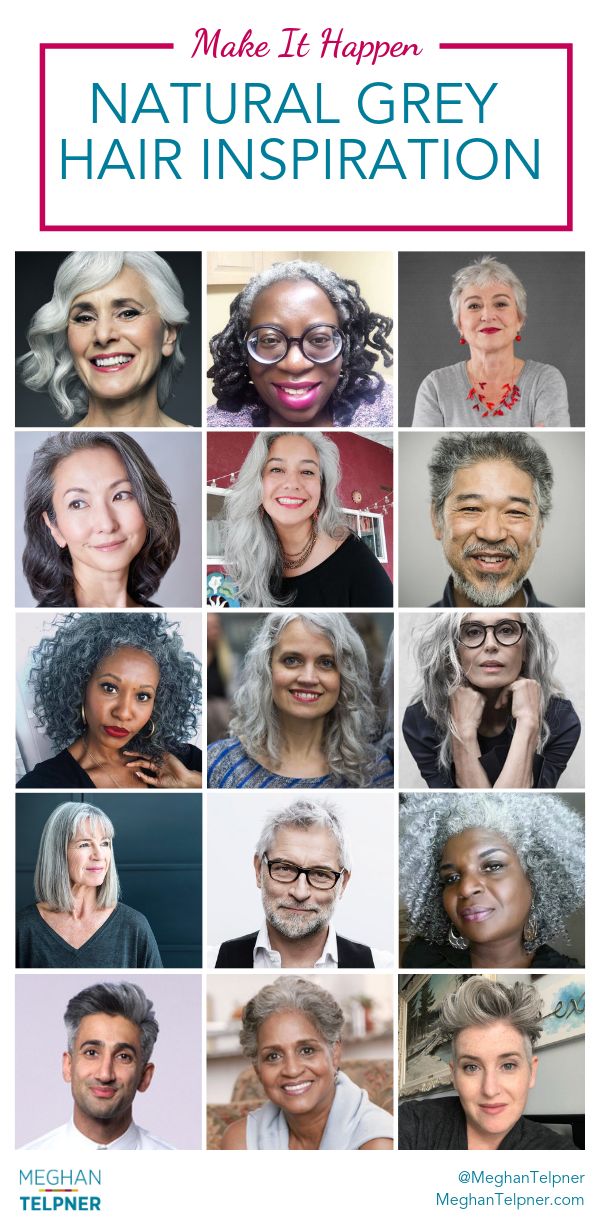
(Note that links to multi-level sales pages will be marked as spam and removed).
Free Resource Library
Enjoy more than 40 downloadable guides, recipes, and resources.















